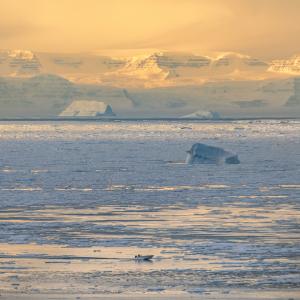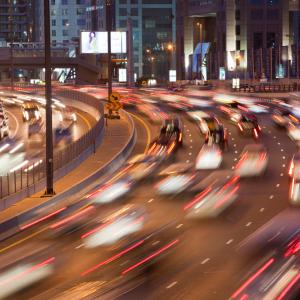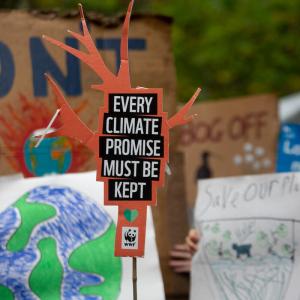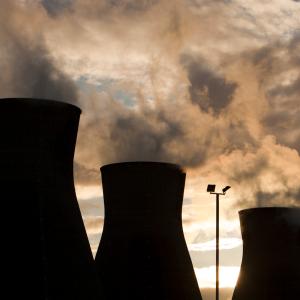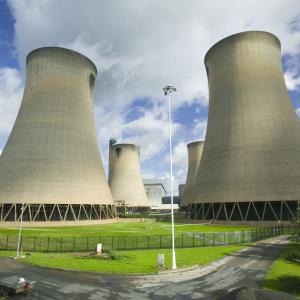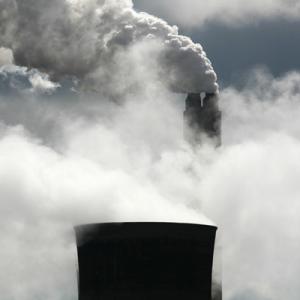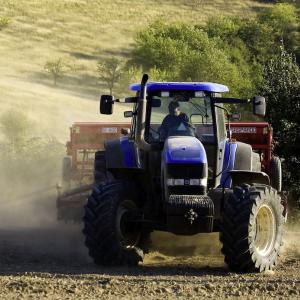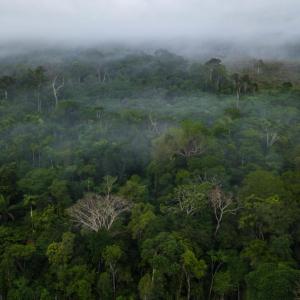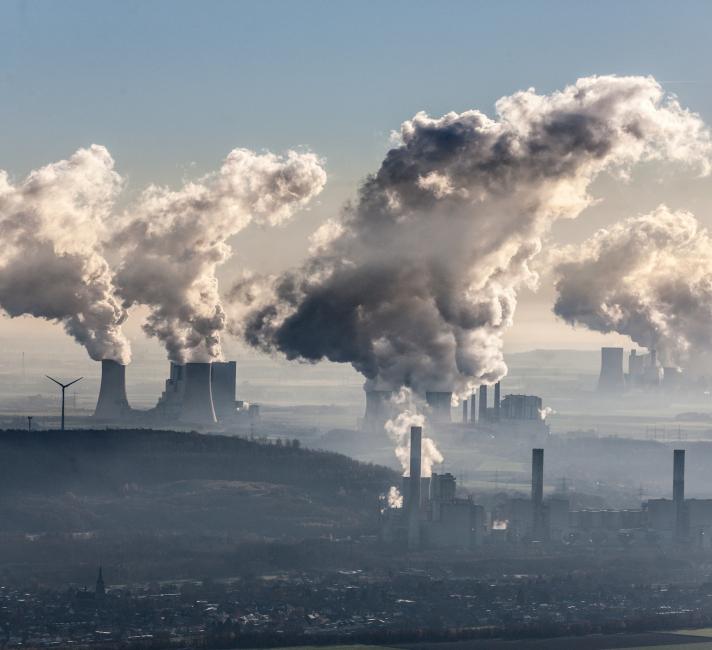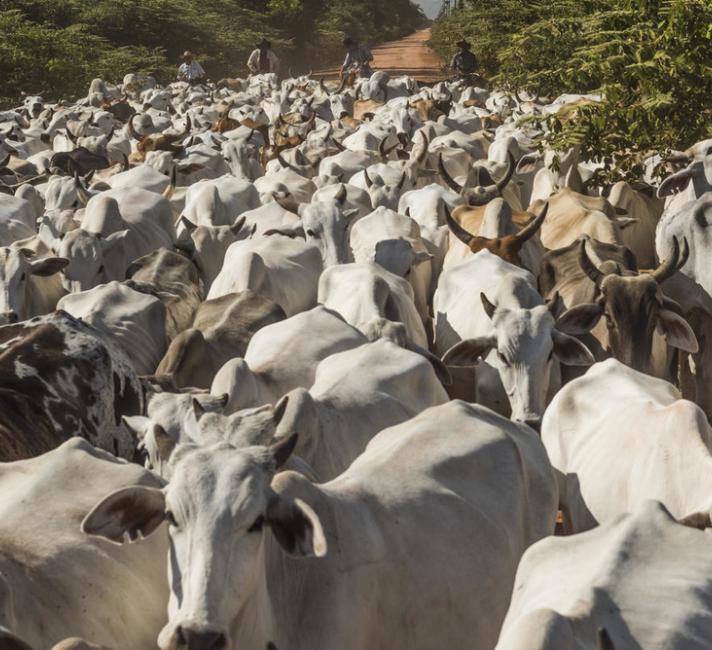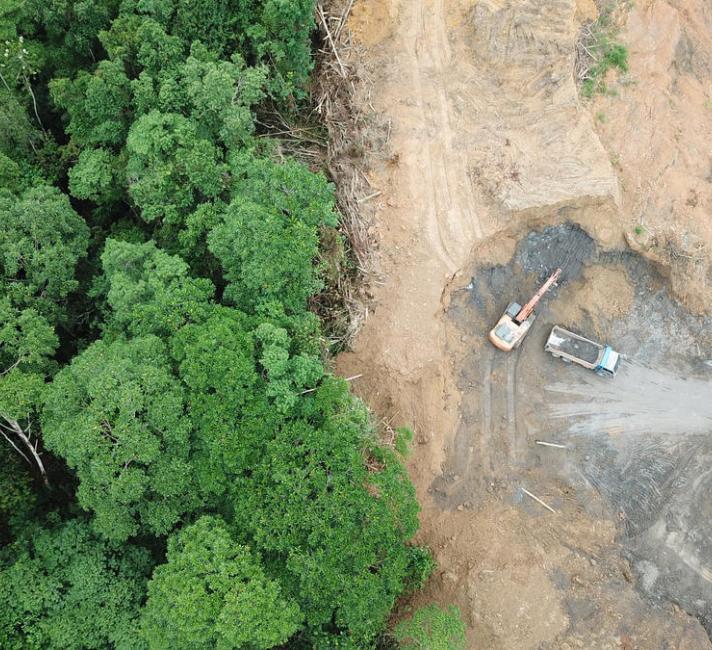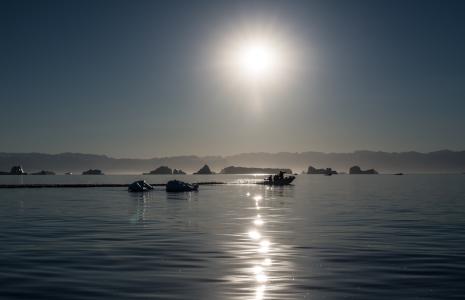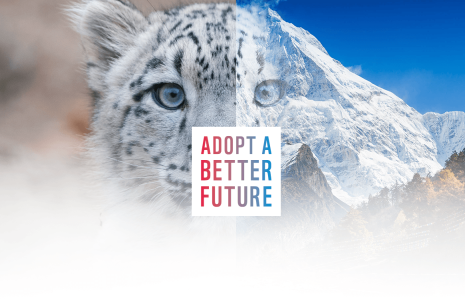Find a full A-Z glossary on climate change here.
Discover more about commonly asked questions on climate change.
The impact of climate change
Since the Industrial Revolution, the planet has warmed by 1.2°C. We are already seeing the impacts of this warming in the news, with record breaking temperatures, heatwaves, floods, droughts and storms. Extreme weather events, once rare, are becoming increasingly common and are attributed to climate change caused by humans.
These extreme weather events endanger people’s lives and livelihoods, wildlife and nature. They are also more difficult and expensive to protect against and recover from. The longer we wait to act, the worse and more expensive it will become. A lot of the impacts are irreversible and self-perpetuating, so once they’ve started, they can’t stop.
While climate change is a global crisis, its effects are not felt evenly worldwide. The poorest, indigenous people (often important stewards of nature), and future generations – those least responsible for greenhouse gas emissions – are often the most affected by the climate crisis.
Countries have signed the Paris Agreement, agreeing to limit global warming to well below two degrees, preferably 1.5°C, from pre-industrial levels to the year 2100, to limit the very worst impacts of climate change. However, even if all governments acted on their current climate promises, we would still reach around 2.7°C of warming, and we are far from meeting those promises.
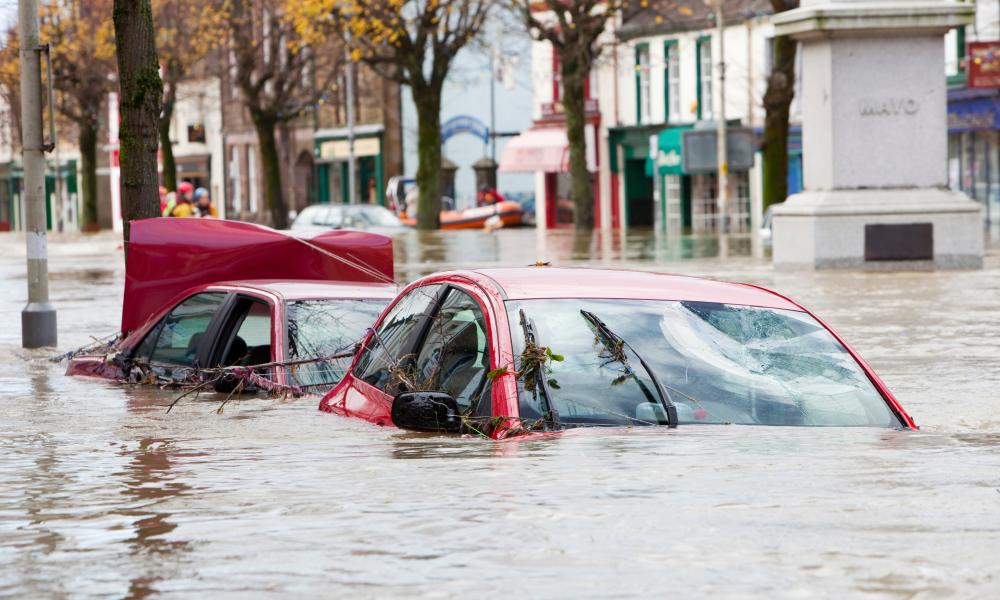
The impact of going beyond a 1.5°C global temperature increase:
The impact of going beyond a 1.5°C global temperature increase:
Warming beyond 1.5°C would propel the Earth beyond critical tipping points, causing irreversible damage with catastrophic consequences:
- Extreme ocean acidification would mean that most of the world’s coral reefs would be lost.
- Widespread extinction and species loss.
- More intense and extreme wildfires.
- Extreme storms and cyclones.
- Dying rainforests.
- Unthinkable loss of ancient ice sheets of Greenland and Antarctica, causing dramatic sea-level rises.
- Risks to food security, as higher temperatures lead to crop failures.
- Chronic water scarcity and more severe droughts.
- More heat-related deaths.
- Increased risk of pandemics.
- Increased risk of war due to competition over scarce resources.
- Mass displacement of people, known as climate refugees, as a result of homes being lost due to sea-level rise, food and water insecurity, or war.
- Increased pressure and risks to people’s mental health, as a result of witnessing the impacts of climate change and living through repeated extreme weather events.
Global solutions to climate change
While challenging, it is still possible to close the gap, but this requires urgent and strong actions worldwide, with the window of opportunity rapidly closing. Preventing every fraction of temperature rise could save lives and protect nature, meaning every action we take (or don't take) matters! To keep our planet within a relatively safe limit of 1.5°C temperature increase, many countries, including the UK, have set up a legally binding target to be net zero by 2050.
These actions include:
- Producing and using fewer polluting fossil fuels and transitioning to renewable energy, which is cleaner and cheaper.
- Planting more trees, restoring natural habitats, and protecting forests and oceans.
- Adopting sustainable farming practices.
- Improving energy efficiency and incorporating low-carbon technologies in buildings, transport and industry.
- Encouraging the adoption of electric vehicles and improving public transport.
- Promoting a circular economy that encourages recycling, buying second hand, reusing products and minimising waste.
- Investing in infrastructure in order to make them more resilient to the impacts of climate change, like sea-level rise and more intense storms.
- Increasing the amount of money spent on climate-friendly projects and investments, especially for supporting ecosystems and communities most threatened by the climate crisis.
- Strengthening net zero-aligned policy and regulation.
- Fostering international cooperation to work together to address the climate crisis, combining efforts to keep warming within the globally agreed limit of 1.5°C increase, such as through accelerating innovation in technological solutions and reducing emissions from international aviation and shipping.
- Encouraging sustainable choices in daily life, such as buying fewer unnecessary items, adopting plant-based diets and flying less.
Sources
[1] WWF-UK (2022) Carbon Footprint: Exploring the UK’s contribution to climate change. WWF-UK. https://www.wwf.org.uk/sites/default/files/2020-04/FINAL-WWF-UK_Carbon_Footprint_Analysis_Report_March_2020%20%28003%29.pdf
[2] Climate Action Tracker. The CAT Thermometer. https://climateactiontracker.org/global/cat-thermometer/
[3] Carbon Brief (2024) 'Every 0.1C’ of overshoot above 1.5C increases risk of crossing tipping points. https://www.carbonbrief.org/every-0-1c-of-overshoot-above-1-5c-increases-risk-of-crossing-tipping-points/

